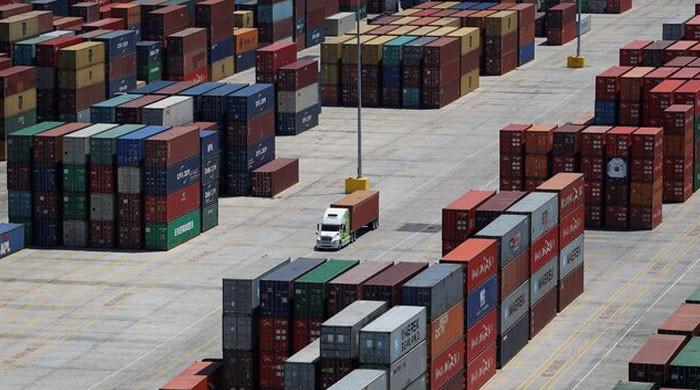- Merchandise exports increase by 4.72%, reaching $ 29.44 billion in fiscal year 2015.
- The broader macroeconomic indicators show signs of stabilization.
- The main inflation is recovering slightly to 3.46% in May.
Islamabad: The data published by the Pakistan Statistics Office (PBS) showed on Wednesday that the country’s commercial deficit has been extended to $ 24 billion in the first 11 months of the current fiscal year, marking a 10.6% increase in the same period last year.
This expansion is mainly attributed to a significant increase in imports, which exceeded more modest growth in exports.
From July to May in fiscal year 2024-25, merchandise exports had an increase of 4.72%, reaching $ 29.44 billion. However, imports increased by 7.3% to $ 53.45 billion.
This wide gap between imports and exports continues to exert pressure on Pakistan’s external accounts, affecting rupe and dollar reserves.
Despite these commercial imbalances, the broader macroeconomic indicators of Pakistan have shown signs of stabilization.
The main inflation, after immersing a historical minimum of 0.30% in April 2025, was recovered slightly to 3.46% in May. Crucially, the country’s current account registered a surplus of $ 1.88 billion during the fiscal year of July and the fiscal year of April, marking a significant change of a deficit of $ 1.34 billion in the corresponding period last year.
This improvement in the current account was largely driven by a substantial increase of 30.9% in workers’ remittances, which amounted to $ 31.2 billion.
Although merchandise exports faced a setback in May, falling 10.1% year -on -year to $ 2.5 billion, they still saw a strong monthly rebound, increasing 17.4% as of April. Imports in May grew 5.2% to $ 5.17 billion compared to the same month last year, but fell 7.6% from month to month, offering short -term relief in the external front.
Despite the wide gap, some positive indicators offered relief. The country’s average monthly export volume is $ 2.67 billion, which places Pakistan on the way to potentially exceeding $ 32 billion at the end of fiscal year 2024-25 in June.
Economists say that high national interest rates have hindered export competitiveness, with companies that face strict credit conditions as banks prioritize investment in government values on private sector loans.
Meanwhile, the service of services showed a smaller but remarkable deficit of $ 2.5 billion during the fiscal year of July and the fiscal year of April, a little higher than the $ 2.4 billion last year.
Services imports increased 7.9% to $ 9.43 billion, while exports grew 9.3% to $ 6.93 billion, driven by transport, IT and business services.
The Information and Communication Technology Sector (ICT) remained a brilliant point, with exports that rose 21.1% to $ 3.14 billion, which represents almost half of all services exports.
Government’s efforts to support the digital economy through independent incentives, training of international skills and certifications have begun to bear fruit, according to analysts.




